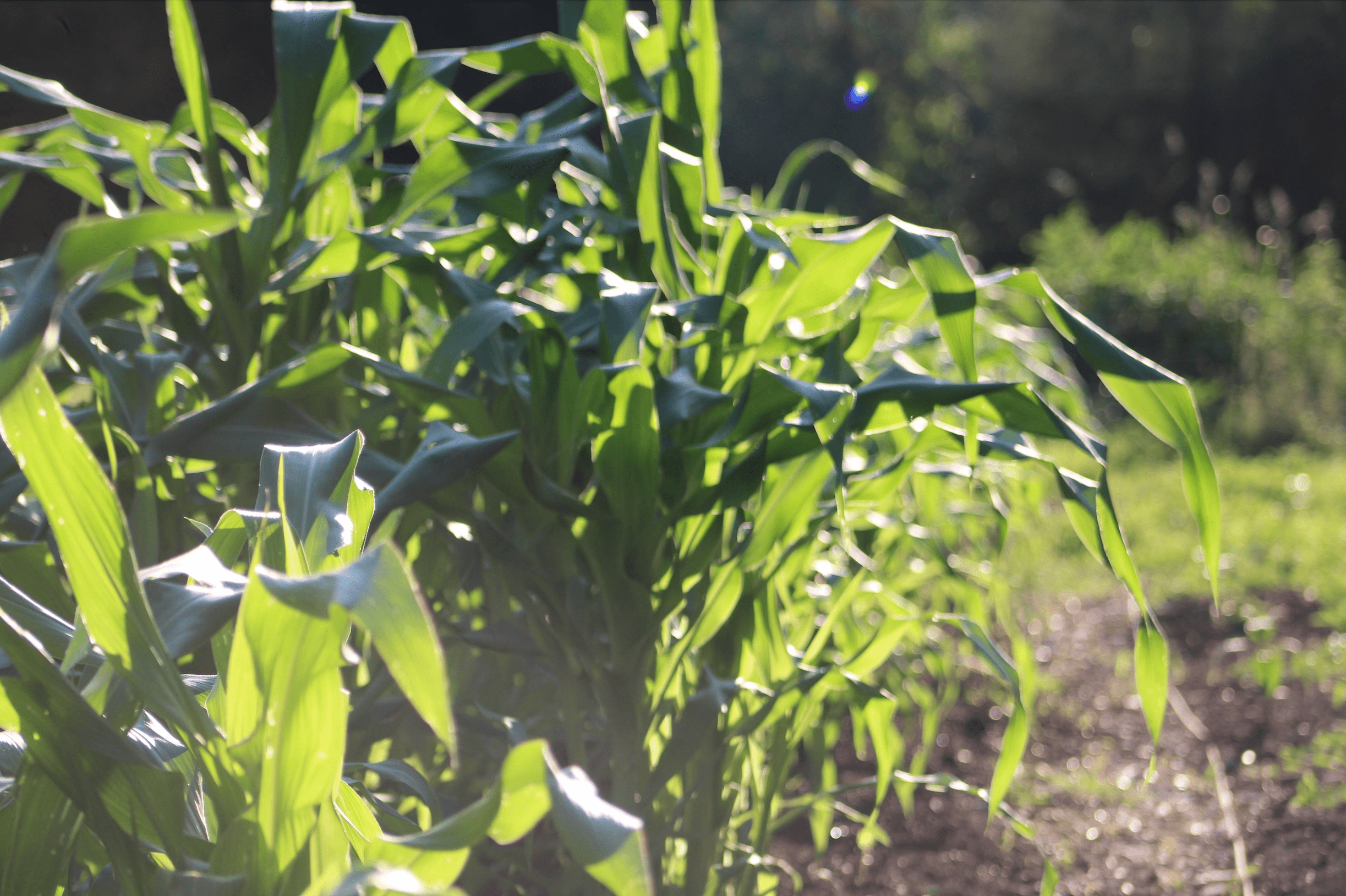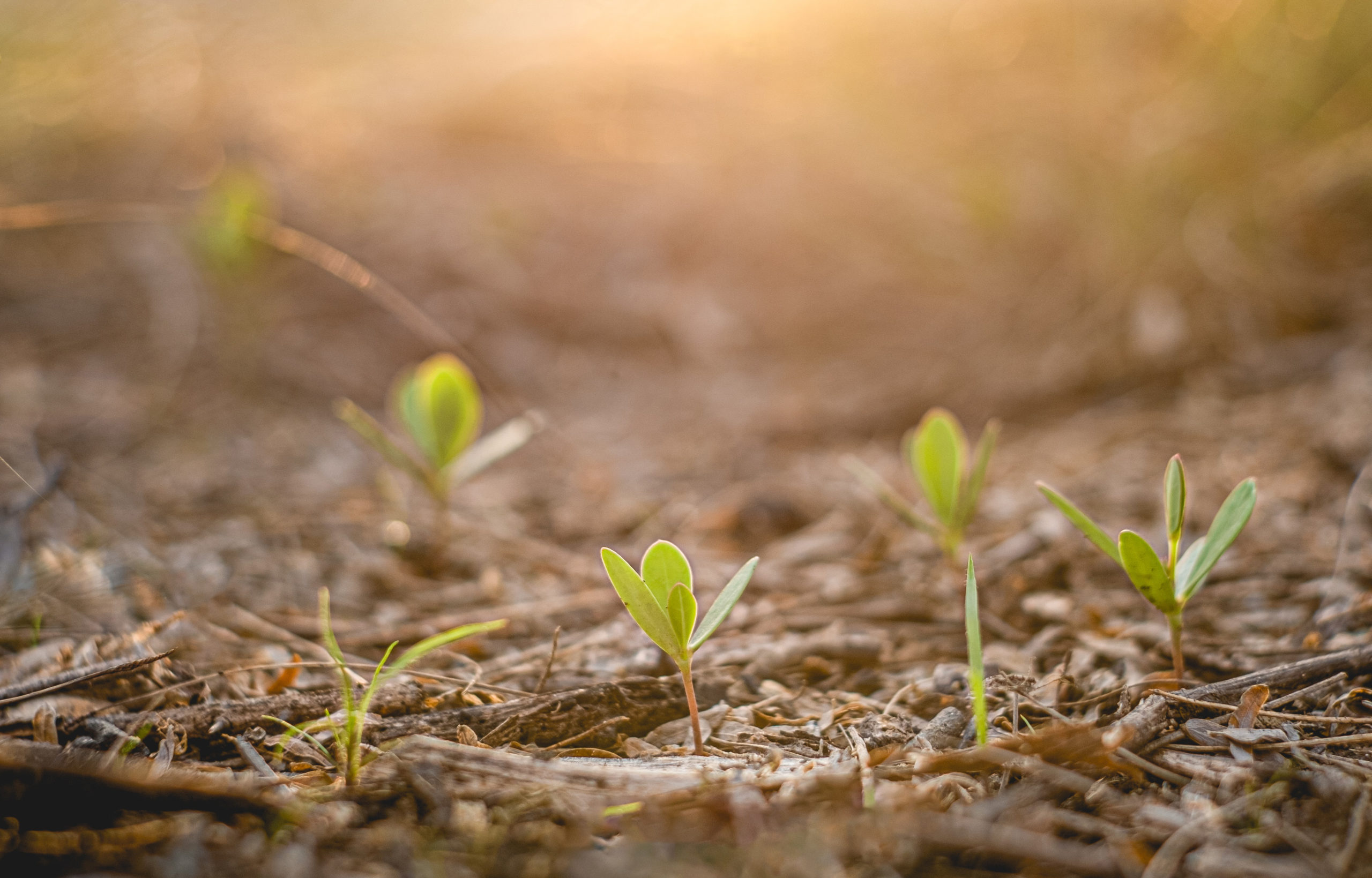by John Vidal from The Guardian
Corporate stranglehold of farmland a risk to world food security, study says
The world’s food supplies are at risk because farmland is becoming rapidly concentrated in the hands of wealthy elites and corporations, a study has found.
Small farmers, the UN says, grow 70% of the world’s food but a new analysis of government data suggests the land which they control is shrinking every year as mega-farms and plantations squeeze them onto less than 25% of the world’s available farmland, says international land-use group Grain. These mega-farms are less productive in terms of amount of food they produce per area of land, the report argues.
“Small farms have less than a quarter of the world’s agricultural land – or less than 20% excluding China and India. Such farms are getting smaller all the time, and if this trend persists they might not be able to continue to feed the world,” says the report which draws on government statistics and calls for a stop on land grabbing by corporations.
The report suggests that the single most important factor in the drive to push small farmers onto ever smaller parcels of land is the worldwide expansion of industrial commodity crop farms. “The powerful demands of food and energy industries are shifting farmland and water away from direct local food production to the production of commodities for industrial processing,” it says. The land area occupied by just four crops – soybean, oil palm, rapeseed and sugar cane – has quadrupled over the past 50 years. Over 140 million hectares of fields and forests have been taken over by these plantations since the 1960s – roughly the same area as all the farmland in the EU.
“What we found was shocking,” said Henk Hobbelink of Grain. “If small farmers continue to lose the very basis of their existence, the world will lose its capacity to feed itself. We need to urgently put land back in the hands of small farmers and make the struggle for agrarian reform central to the fight for better food systems.”
Big farms have been getting bigger nearly everywhere with rising numbers of small and medium-sized farmers going out of business in the past 20 years, say the authors. Belgium, Finland, France, Germany and Norway in western Europe have each lost about 70% of their farms since the 1970s while Bulgaria, Estonia, the Czech Republic and Slovakia each lost over 40% of their farms from 2003 to 2010. Poland alone lost almost 1m farmers between 2005 and 2010.
“Within the EU as a whole, over 6m farms disappeared between 2003 and 2010, bringing the total number of farms down to almost the same level as in 2000, before the inclusion of 12 new member states with their 8.7m new farmers,” says the report , released with international peasant organisation Via Campesina.
But the concentration of land ownership is seen on every continent. Argentina lost more than one-third of its farms in the two decades from 1988 to 2008. Between 1997 to 2007, Chile lost 15% of its farms with the biggest farms doubling their average size, from 7,000 to 14,000 ha per farm. The United States has lost 30% of its farms in the last 50 years. Here, the number of very small farms has almost tripled, while the number of very large farms has more than quintupled.
In addition most farms have been getting smaller over time due to factors such as population pressure and lack of access to land. In India, the average farm size roughly halved from 1971 to 2006. In China, the average area of land cultivated per household fell by 25% between 1985 and 2000. In Africa, average farm size is also falling.
The authors say land reform is urgently needed if enough food is to be grown to feed everyone. “What we see happening in many countries … is a kind of reverse agrarian reform, whether it’s through corporate land grabbing in Africa, the recent agribusiness-driven coup d’état in Paraguay, the massive expansion of soybean plantations in Latin America, the opening up of Burma to foreign investors, or the extension of the European Union and its agricultural model eastward,” says Hobbelink.
“In all of these processes, control over land is being usurped from small producers and their families, with elites and corporate powers pushing people onto smaller and smaller land holdings, or off the land entirely into camps or cities,” he said.
The takeover of small farmers’ land is now accelerating, says the report with nearly 60% of this land use change occurring in the past 20 years. The report estimates that 90% of all farms worldwide are “small”, holding on average 2.2 hectares.
The report also found that small farmers often twice as productive as large farms and are more environmentally sustainable. “Although big farms generally consume more resources, control the best lands, receive most of the irrigation water and infrastructure … they have lower technical efficiency and therefore lower overall productivity. Much of this has to do with low levels of employment used on big farms in order to maximise return on investment.
“Our data [suggests] that if all farms in Kenya had the current productivity of the country’s small farms, Kenya’s agricultural production would double. In Central America and Ukraine, it would almost triple. In Hungary and Tajikistan it would increase by 30%. In Russia, it would be increased by a factor of six,” the report says.
“Beyond strict productivity measurements, small farms also are much better at producing and utilising biodiversity, maintaining landscapes, contributing to local economies, providing work opportunities and promoting social cohesion, not to mention their real and potential contribution to reversing the climate crisis.”
The most productive farmers in the world are possibly found in Botswana, the report argues, where 93% of the farmers have small patches of land but together they grow all the country’s groundnuts, 99% of its maize, 90% of the millet, 73% of beans and 25% of the sorghum on just 8% of the farmland.





